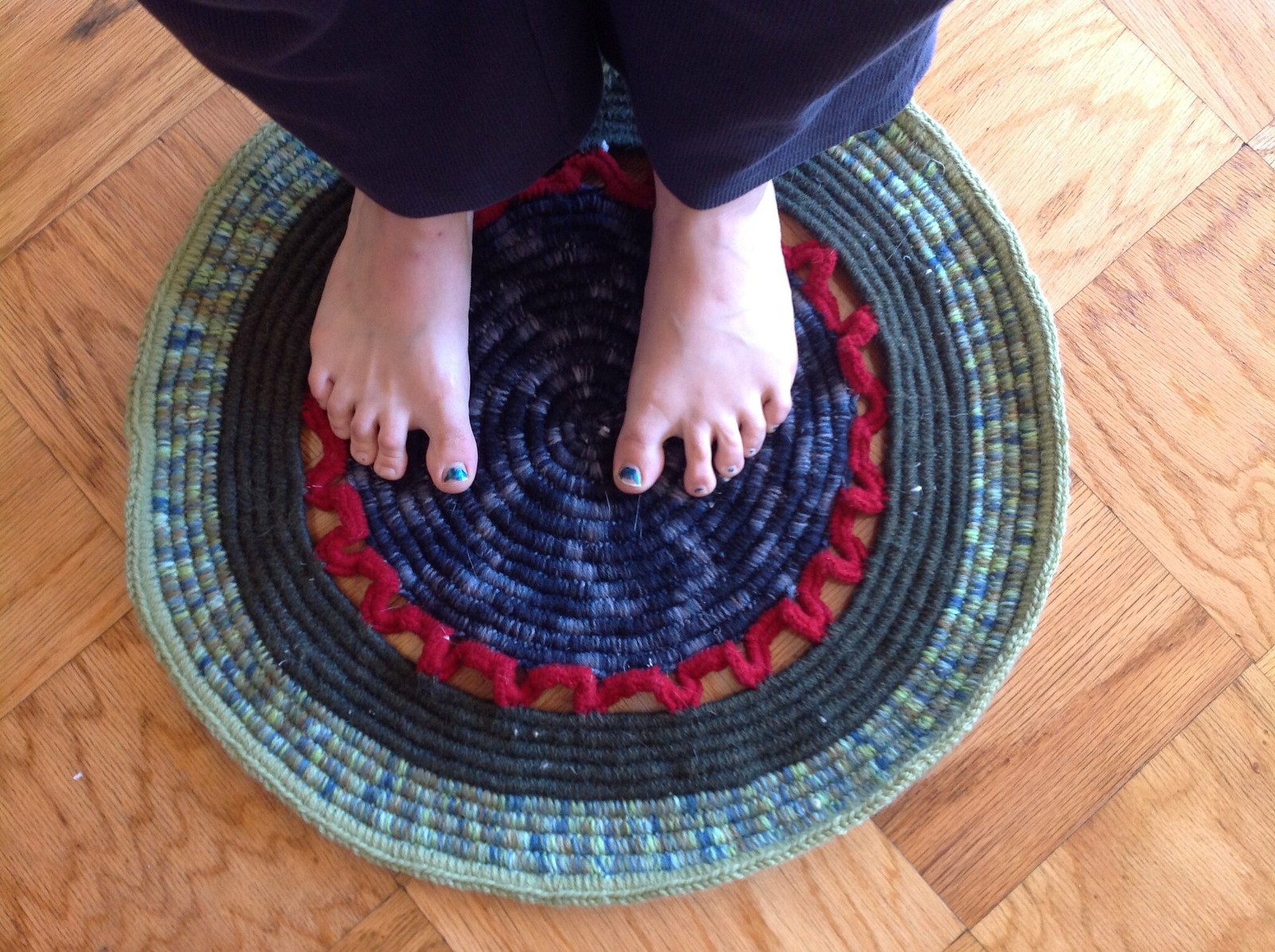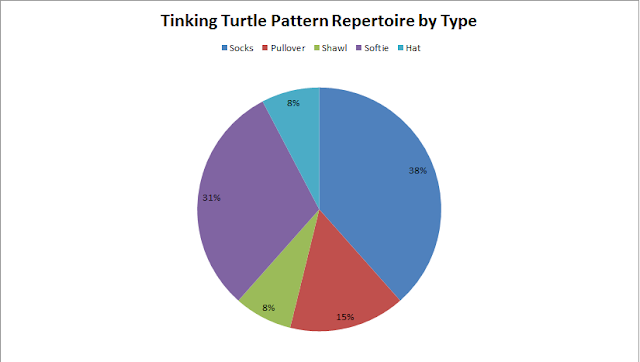I’ve been rather delinquent in posting about this, but I figure better late than never, eh?
This year I’m participating in the Indie Designer Giftalong. What is a giftalong you ask? Well, considering how the holidays are a stone’s throw away (I know, don’t remind me!), this means if you are planning on knitting or crocheting for the holidays, time is running out.
A bunch of designers (over 150!) have decided to help the holiday crafters out, creating a sale of 25% off that runs from November 1-15th. This is partnered with a Knit-a-long (KAL) or Crochet-a-long (CAL) to help people stay motivated to finish holiday gifts. All along the way, there are great prizes that participants can win.
So, information:
There’s a Ravelry Group for the Giftalong.
There’s a list of Prizes and Patterns that you can win along the way.
There’s a list of participating Designers.
There’s Rules.
In case you are visual (or not on Ravelry), here’s Pinterest boards with all the participating patterns:
- Hats and Head Things
- Scarves and Cowls
- Mitts and Other Arm Things
- Shawls and Stoles
- Socks
- Garments
- Baby and Child
- Non-Wearables
- Projects not otherwise specified
- Crochet Patterns
- Today’s Featured Indie Patterns
What patterns are you offering? This includes: Swirl Socks, Sweet Strawberries, Outrageous Orange, Tunisian Cat, and One Salt Sea.






















